
What once was the exclusion zone of one of the worst nuclear disaster in history today has become the peoples wildlife.
Automatic cameras installed in the Ukrainian part of the exclusion zone of Chernobyl are providing images never before seen in their home polluted landscape.
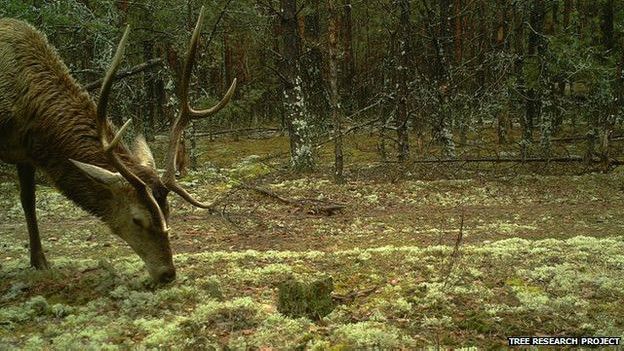
The cameras are being installed in 84 locations, allowing a team of scientists record the type of animals passing through the area and those who make their home there.
This week the Ukrainian authorities reported that about 400 hectares of forests within the exclusion zone were affected.
In the first four months since the cameras were deployed, the team has "caught" more than 10,000 images of animals, suggesting that the 30-kilometer zone, established shortly after the explosion of a nuclear reactor radioactive material expelled in April 1986, is now home to a rich diversity of wildlife.
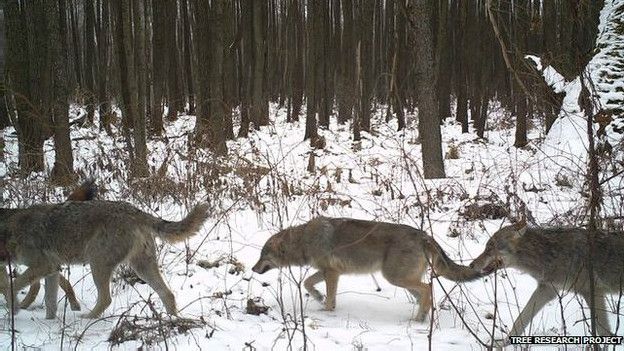


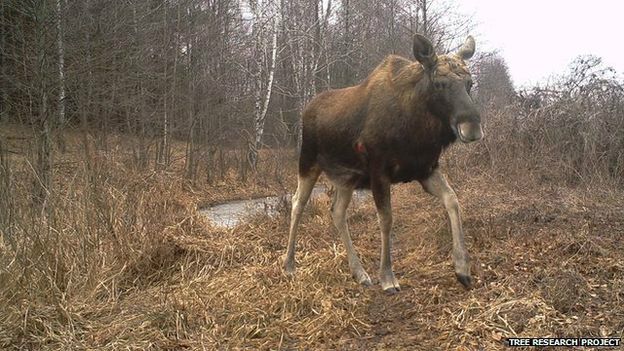

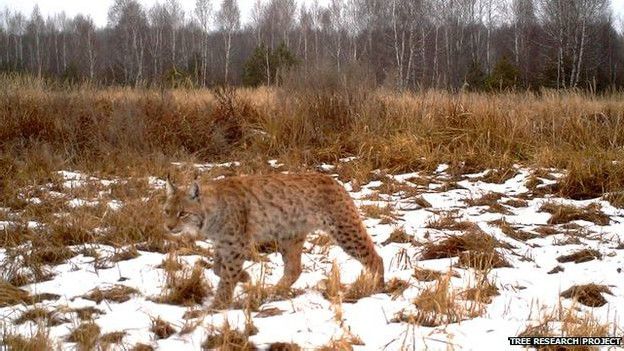
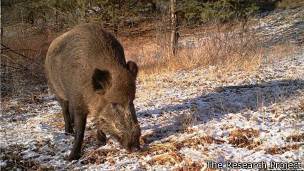
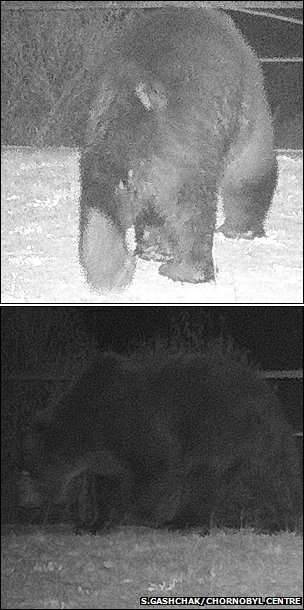
The camera network is gathering data that will help scientists choose the most appropriate way to track and install tracking collars to monitor exposure level that the animal receives as it travels through the area..
No comments:
Post a Comment